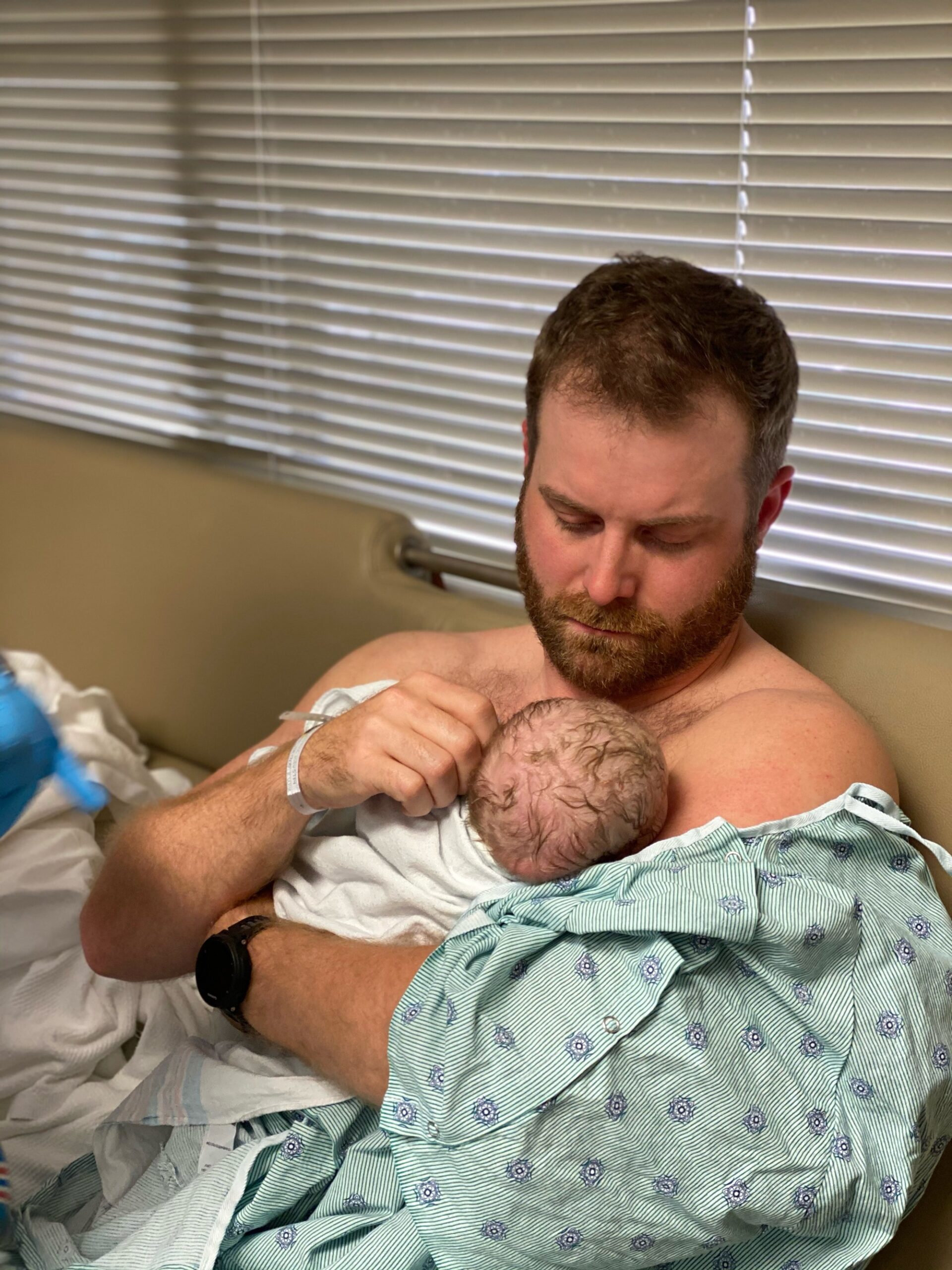What’s stopping skin-to-skin?

May 20, 2019

Directly after birth we know that skin-to-skin contact had quite a few benefits for both the mother and the newborn baby. These benefits include infant temperature regulation and blood glucose control, maternal confidence in handling her infant, improved bonding between the mother and the infant, and opportunity to begin the breastfeeding relationship.
With so many benefits to both the mother and the infant, it seems that skin-to-skin contact would be standard after a birth where both mother and infant are able; however, in many hospitals this is not the case.
A 2018 study published in BMC pediatrics took a qualitative approach to see if they could identify why skin-to-skin contact is not happening in healthy neonates in a hospital in Bangalore, India. In order to do this, the researchers interviewed residents and postgraduates in obstetrics and pediatrics as well as nurses. The researchers also held focus groups to encourage discussion and uncover additional information.
What barriers were found?
Major Barriers
-
Skewed health-care staff client ratio in the labor room, which led to time constraints
-
Apprehensions related to the procedure, including a concern for the safety of the newborn
-
A lack of awareness, lack of belief in, or lack of motivation to encourage of skin-to-skin contact
Minor Barriers
-
Interference with other clinical procedures
What helped with achieving skin-to-skin contact?
-
Knowledge of the benefits, including direct motivation by a pediatrician
-
Having a dedicated staff or family member advocating for skin-to-skin
-
Maternal desire to have skin-to-skin contact
-
Initiation of early skin-to-skin contact
For providers
While this study took place in India, I believe that there is quite a bit of information that we can take and apply anywhere in the world. Speaking to your clients and their support partners about evidenced-based postpartum practices can influence the type of care they ask for and get after delivery. Teach your clients about skin-to-skin contact and the impact it can have.
For parents
This article provides evidence that advocating for yourself can make a difference in the care that is provided during your postpartum period. Make sure to have a support person (friend, spouse, family member, or anyone else you trust) who knows about your postpartum wishes and can help advocate for you after birth. If you are looking for a quick guide to the first 48 hours of your baby’s life, you can download my 2 page quick guide by clicking below!
Filed under
Published on
Type a search + hit enter!
Browse the Blog
Category #1
Category #2
Category #3
Get Your copy →
Cross the finish line with confidence.
Don't walk into your IBCLC exam nervous - with our comprehensive study guide in your back pocket, you'll be prepared for every scenario and question.
© 2024 Hope Feeds Families LLC | Policies | Site Credit